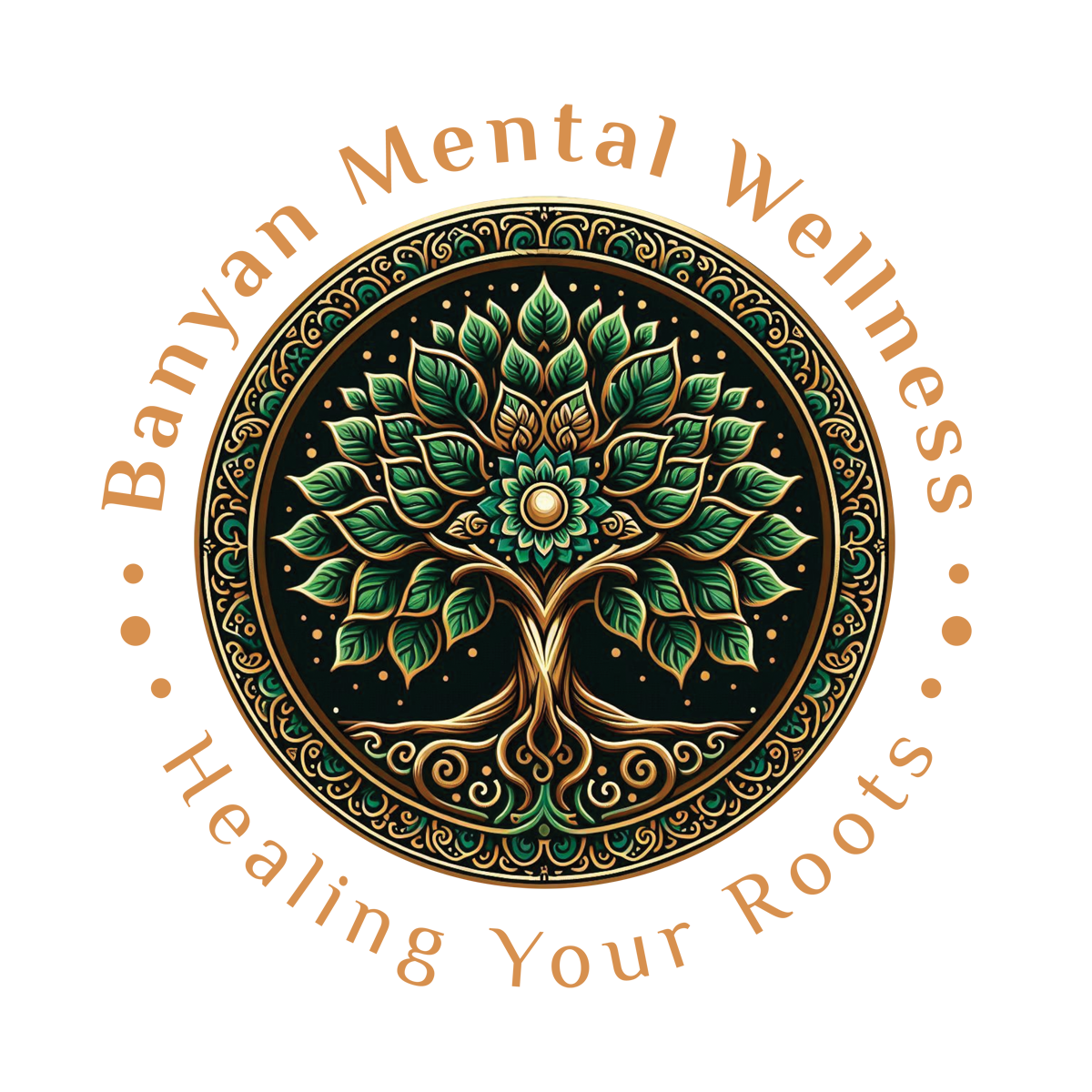My husband and I spent our date night going to see “The Waterman” documentary, narrated by Jason Momoa. I loved it! I laughed and I cried. My heart swelled with Native Hawaiian pride, especially being the descendant of an authentic Hawaiian Waterman, my grandfather Leo Ohai. I learned new things about Duke Kahanamoku.
I didn’t know that before the world saw him swim, swimmers kicked differently. “The Kahanamoku Kick” or the flutter kick which has become a standard swimming skill. I thought to myself, how on earth did people swim before he showed him how HE swims?
I did know he introduced surfing to the world (and other board sports), but I didn’t know that he pioneered the surfboard as a life saving necessary tool. After HE showed them how to do it, it became standard practice at every lifeguard station at the beaches and pools.
As a Native Hawaiian Clinical Mental Health Counselor, what I appreciated most about the documentary was getting a glimpse at him emotionally. As Jason Momoa narrated Duke’s story, he shared many examples of how he practiced this belief “mai kamaʻilio, e mālama i loko o kou puʻuwai” (He says it differently in the documentary). Which means, “don’t talk, keep it in your heart”.
My first response was probably typical of any therapist was ‘oh no no no, this is not healthy’. In the mental health world, bottling up our feelings is a recipe for disaster. A part of me was a little disappointed that he did not take advantage of his unique platform to speak up about how he had been treated unjustly as an Indiginous person of color and how colonization has had a negative effect on Native Hawaiians. But his story revealed, he was living in a different era. At the time he was discovering/launching his Olympic career, there were still KKK marches, and segregation was in full effect. I had compassion for him and the balance he was able to achieve of being his authentic self AND competing on the world stage.
In a threatening situation, being silent is a freeze trauma response. The body’s goal is to keep us physically and emotionally safe. We only speak when we feel safe. I often hear clients who are faced with abuse lament that they are disappointed in themselves for not saying anything. I always let them know that as they heal, they will be able to have compassion for themselves for staying silent. Trauma is my specialty and when a client shares a traumatic event with me, such as a sexual assault, I always ask if they were able to talk to anyone after it happened. I usually get one of three answers. Answer number one, No way, the last thing I would do is tell my parents. Answer number two, I did tell someone, and they told me not to say anything or didn’t believe me. Answer number three, I did tell someone and they believed me and helped me.
We don’t really know the meaning of Duke’s silence. Silence could mean not feeling safe but it could also mean the opposite, feeling empowered. I think it’s powerful when someone doesn’t waste their energy trying to convince other people of their value. They have a “watch me work” attitude that speaks volumes about their value, more than words ever could. I’d like to believe he could speak, he just chose not to.
I often describe trying to figure out someone’s feelings or the motives behind their behavior as “going down a rabbit hole” in Alice and Wonderland. There are just too many possibilities and it’s a dead end. I wish I had the opportunity to know what was in Duke Kahanamoku’s heart. What I can do is prioritize emotional safety with others. I believe if someone shares an emotion with you, it is an honor, because it means they feel safe to share their story. Brene Brown talks about finding connection with others by believing their experience, especially when it contradicts your own experience. Doing this will make others feel safe, the foundation for all relationships.
I am grateful for Duke Kahanamoku’s story. It has helped me think more deeply about speaking, sharing our story, and being a safe person in listening to others. I hope the same for you my friend.


